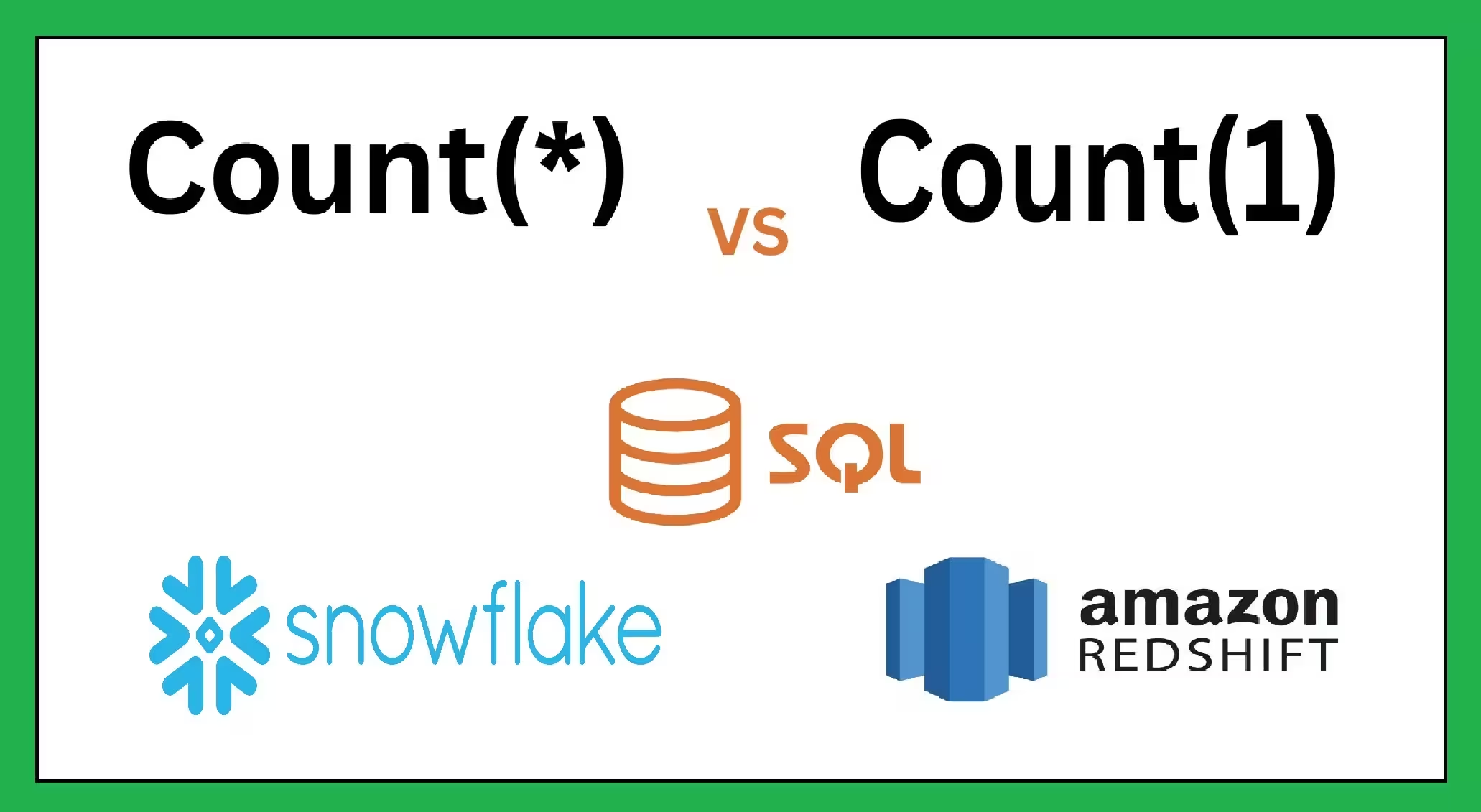Data Modelling 📊🔍🧩
If you are a database guru with full knowledge of the relational model, do you know what makes your favorite apps tick? It’s not just about the slick interfaces or the lightning-fast responses; it’s about how they organize their data. Enter data modelling, the unsung hero behind the scenes. This process is all about structuring data in a way that it makes sense for the systems using it. Think of it as organizing a messy room so you can find exactly what you need, when you need it, without tripping over your shoes. It’s the foundation upon which databases and applications are built, ensuring that data is stored efficiently and can be retrieved without a hitch.
AI Data Modelling New Frontier for SQL
When I had to pass my university exams drawling a data model with 3NF on a piece of paper things were boring, when I started to draw star schemas and dimensional data models using Erwin things were getting better. Now, picture AI walking into this scene. Suddenly, the game changes. Artificial intelligence has begun to weave its magic into data modelling, introducing tools and applications that are nothing short of disruptive. One shining example is the advent of automated data modelling tools. These tools use AI to predict the most efficient ways to organize data, create a logical and physical data model, often uncovering patterns and relationships that you might not have spotted with the naked eye. In the healthcare sector, for instance, AI-driven data modelling is being used to predict patient outcomes, tailor treatments, and manage resources more effectively. Another area seeing significant impact is customer relationship management (CRM), where AI models predict customer behavior, helping businesses tailor their services in real-time.
-

COUNT(*) vs COUNT(1) in SQL
In SQL, counting rows is a fundamental operation, and there are a couple of common ways to do it: COUNT(*) and COUNT(1). At first glance, these statements might seem different, but they actually perform very similar functions. Is There Any Difference? Despite the different syntax, COUNT(*) and COUNT(1) generally produce the same results and performance […]
-

What is Data Modelling?
Understanding Data Modeling Data modeling is a process used to define and analyze the data requirements needed to support the business processes within the scope of corresponding information systems in organizations. It involves the creation of visual representations of data (data models) to communicate connections between data points and structures. The goal is to use […]
